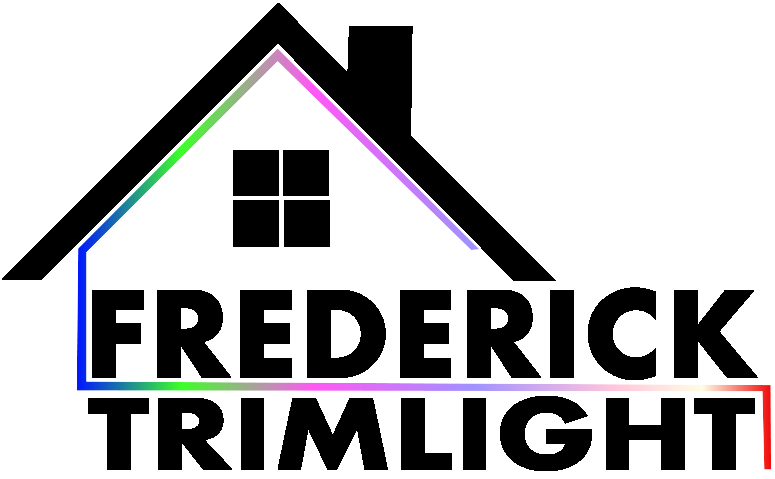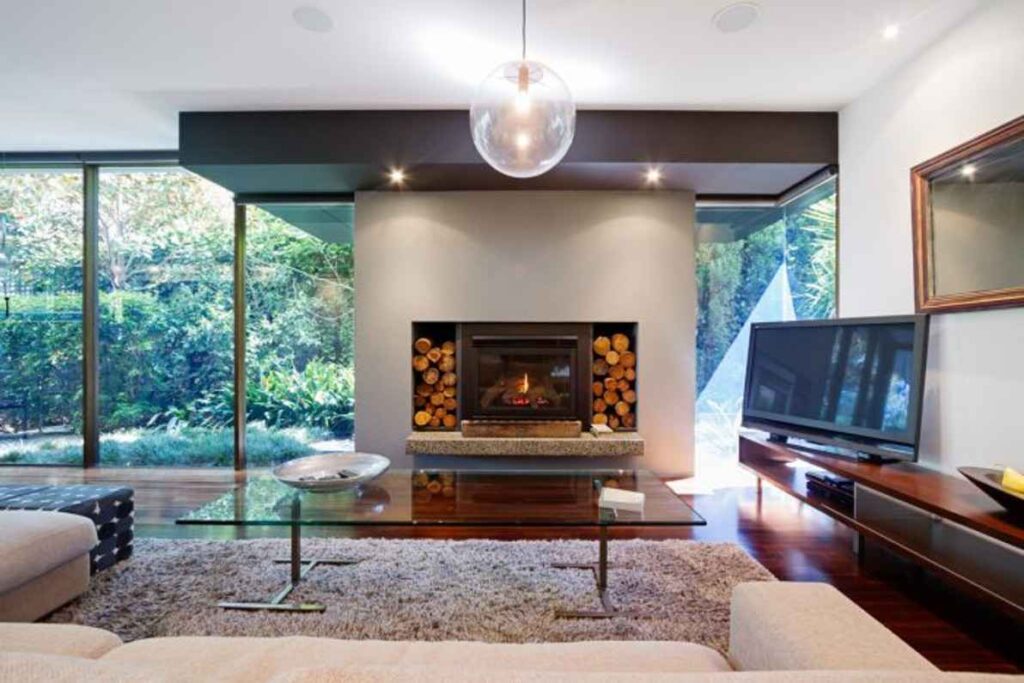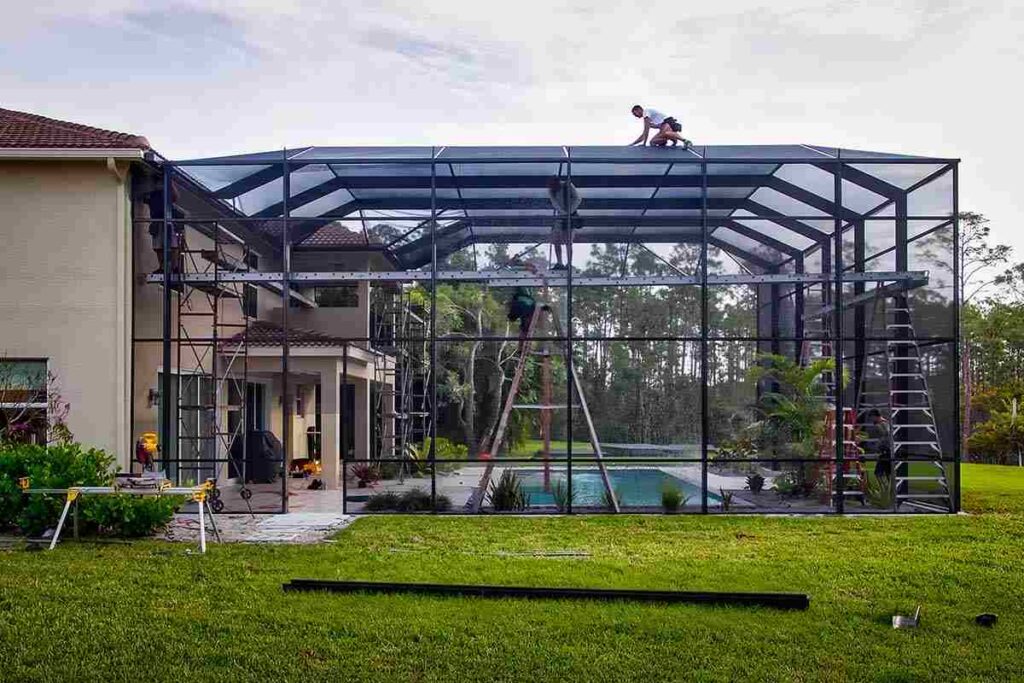Lighting is fundamental in transforming spaces, both functionally and aesthetically. Among the many lighting styles available, globe lighting stands out for its unique, spherical shape, versatility, and ability to blend into modern and traditional decor. However, like any lighting type, it has its advantages and disadvantages compared to other options. In this blog post, Frederick Trimlight helps explore globe lighting and other common lighting styles, analyzing the pros and cons of each.
What is Globe Lighting?
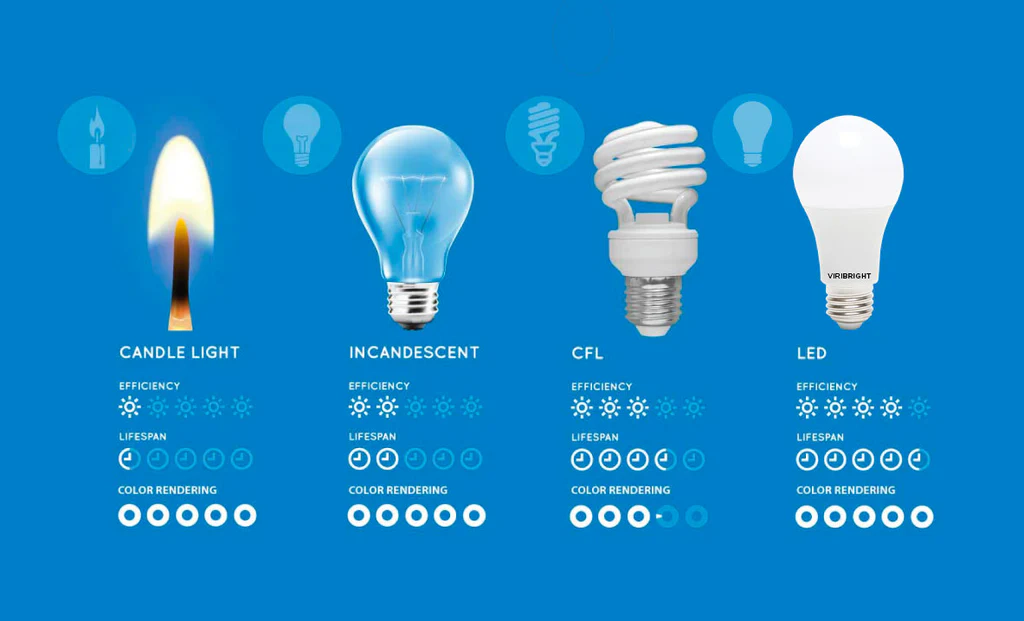
Globe lighting refers to fixtures that use round, spherical shades or bulbs, typically made of glass or acrylic. These globes can be clear, frosted, or opaque, providing different lighting effects. Globe lighting fixtures range in style from pendant lights and chandeliers to floor and table lamps. Because of their simplicity and elegance, globe lights are a popular choice in contemporary and mid-century designs, offering a modern yet timeless appeal.
Advantages of Globe Lighting: Aesthetic Appeal
One of the primary reasons homeowners and designers choose globe lighting is its aesthetic versatility. Globe lights create a clean, uncluttered look that blends seamlessly with various design styles, including minimalist, Scandinavian, and industrial. Their spherical shape softens the room’s overall look, offering a simple yet elegant form that can enhance spaces without overpowering them. Additionally, globe lights come in a range of sizes and finishes, allowing users to select pieces that complement other elements in the room.
Globe lighting offers a unique aesthetic appeal that enhances any residential space. Their spherical design provides a soft, diffused glow, creating a warm and inviting atmosphere. Available in various styles and finishes, globe lights can complement diverse interior designs, from modern to vintage. This versatility allows homeowners to express their personal style while improving overall ambiance. Additionally, globe lighting is perfect for both indoor and outdoor settings, making it a popular choice for residential services aiming to elevate home decor and functionality.
Advantages of Globe Lighting: Even Illumination
Another significant advantage of globe lighting is the quality of illumination it provides. The round shape of the globe ensures even light diffusion, minimizing harsh shadows and bright spots. Globe lights with frosted glass shades, for instance, emit a warm, gentle glow, which creates a cozy ambiance in living rooms, bedrooms, and dining spaces. The even distribution of light makes globe lighting ideal for large spaces or areas where uniform brightness is desired, such as kitchens and dining rooms.
Advantages of Globe Lighting: Energy Efficiency
Globe lighting fixtures, especially when used with LED or compact fluorescent bulbs, can be highly energy-efficient. LEDs in globe fixtures provide significant energy savings compared to traditional incandescent bulbs, reducing electricity bills and lowering environmental impact. Additionally, LED globe lights have a longer lifespan, requiring less frequent replacement and reducing waste. The energy efficiency of globe lighting makes it a sustainable choice for eco-conscious homeowners looking to decrease their carbon footprint.
Disadvantages of Globe Lighting: Limited Directionality
One drawback of globe lighting is its limited directionality. Globe fixtures are typically designed for ambient lighting rather than task lighting. As a result, they may not be ideal for areas requiring focused light, such as reading nooks, workstations, or vanity mirrors. Although some globe fixtures come with adjustable arms, the spherical shade tends to diffuse light in all directions, making it less effective for specific task-oriented applications.
Disadvantages of Globe Lighting: Cleaning and Maintenance
Globe lighting fixtures, particularly those with glass shades, require regular cleaning to maintain their appearance and brightness. Dust, fingerprints, and grime can accumulate on the glass surface, diminishing the fixture’s appeal and light quality. Cleaning globes can be challenging, especially with larger or hard-to-reach fixtures like pendant lights or chandeliers. Additionally, some globe materials, such as frosted glass, are more prone to showing smudges and require careful handling during maintenance.
Comparison to Pendant Lighting: Style and Versatility
Pendant lighting is another popular choice, especially in kitchens and dining rooms. Pendant lights offer a broad range of styles, from industrial and rustic to modern and minimalist. Compared to globe lighting, pendant lights come in more diverse shapes, including cylinders, squares, and teardrops. This versatility makes pendant lighting adaptable to various decor themes, while globe lights offer a more uniform aesthetic. However, the simplicity of globe lighting can sometimes be more versatile for blending seamlessly across different spaces.
Pendant lighting offers a unique blend of style and versatility, making it an excellent choice for various settings. Available in numerous designs, shapes, and sizes, pendant lights can serve as focal points in both residential and commercial spaces. They work well in kitchens, dining areas, and office environments, providing targeted illumination while enhancing aesthetics. When considering commercial lighting solutions, incorporating pendant lighting can elevate the ambiance, create distinct zones, and improve overall functionality, showcasing the importance of tailored commercial service in lighting design.
Comparison to Pendant Lighting: Functionality
Pendant lights are typically more functional than globe lights, particularly for task lighting. Pendant lights can be hung at various heights to provide targeted illumination, making them ideal for kitchen islands, bar counters, and other areas where more concentrated light is needed. Globe lights, in contrast, tend to spread light evenly, which can be beneficial for ambient lighting but less effective for specific tasks. This difference highlights the importance of choosing lighting based on the intended purpose and placement in the home.
Comparison to Recessed Lighting: Space Efficiency
Recessed lighting is highly popular for its unobtrusive design and space efficiency, as the fixtures are embedded into the ceiling. Unlike globe lighting, which hangs from the ceiling or stands on tables and floors, recessed lights do not take up any space within the room, making them a preferred choice in smaller areas or spaces with low ceilings. However, while recessed lighting is space-efficient, it lacks the decorative appeal of globe lighting, which can act as a statement piece in a room.
Comparison to Recessed Lighting: Lighting Quality and Atmosphere
While recessed lighting provides strong, directed light, it lacks the warmth and character of globe lighting. Globe lights with frosted or colored glass can create a soft, inviting atmosphere, while recessed lights tend to emit brighter, more focused light. Recessed lighting is often used for task lighting, such as illuminating countertops, but it can make spaces feel colder or overly bright when used exclusively. Many homeowners opt to combine recessed lights with globe lighting to balance functionality with ambiance.
Comparison to Track Lighting: Flexibility and Adjustability
Track lighting offers a unique flexibility that globe lighting typically lacks. With adjustable fixtures attached to a single track, track lighting allows users to direct light in multiple directions, making it ideal for illuminating artwork, architectural features, or multiple areas within a room. While globe lighting is mostly fixed, track lights can be repositioned, allowing for customized lighting setups. However, track lighting may not suit all decor styles and can appear more industrial or modern, while globe lighting tends to have broader stylistic appeal.
Comparison to Track Lighting: Installation and Aesthetic Impact
Installing track lighting often involves more complex wiring and setup, particularly when compared to simple globe fixtures. Track lights can require professional installation and can be more intrusive than globe lighting. The aesthetic impact of track lighting is also different, as the fixtures and tracks can be more visible and may clash with traditional or minimalist decor styles. Globe lighting, in contrast, offers a subtler look that complements a range of interiors without overpowering other design elements.
Comparison to Chandeliers: Visual Impact and Style
Chandeliers are well-known for their grand visual impact and are often chosen as focal points in dining rooms, foyers, and living rooms. Chandeliers come in many styles, from traditional crystal designs to modern, minimalist arrangements. While globe lighting is simpler and often subtler, chandeliers can be ornate and draw attention. Globe lights can serve as an alternative to chandeliers in spaces where a more understated look is desired, offering elegance without the dramatic flair of a chandelier.
Comparison to Chandeliers: Maintenance and Cost
Chandeliers generally require more maintenance than globe lighting due to their intricate design, which can include multiple bulbs, crystals, and delicate components. Cleaning and maintaining a chandelier can be time-consuming and challenging, especially with large or ornate designs. Globe lighting, with its simpler form, is easier to clean and maintain. Additionally, chandeliers are often more expensive than globe lights, both in terms of initial cost and installation, making globe lighting a more budget-friendly option.
Globe Lighting in Residential Settings: Applications and Benefits
In homes, globe lighting serves a variety of functions and can enhance spaces like living rooms, bedrooms, and dining areas. The soft, diffused light created by globe fixtures makes them ideal for residential environments where a relaxed ambiance is desired. Globe pendants can work well over dining tables, while floor and table globes add a touch of sophistication to living rooms. In bedrooms, globe lighting can provide gentle, ambient illumination without the harshness of task lights.
Globe Lighting in Commercial Settings: Versatility and Style
In commercial settings, globe lighting is a versatile choice that fits into a range of environments, from modern offices to retail stores. Globe lights can add a touch of modern elegance while providing adequate lighting for larger spaces. In hospitality settings like restaurants and cafes, globe lights help create a warm, inviting atmosphere that enhances the customer experience. Their stylish appearance and functional lighting make globe lights a popular choice for businesses looking to blend form with function.
Choosing the Right Lighting: Combining Globe Lighting with Other Types
For many spaces, the ideal lighting setup involves a combination of different lighting types to meet various needs. Globe lighting can be used in conjunction with recessed lighting for ambient and task lighting or paired with track lighting to highlight certain areas. By layering different lighting styles, homeowners and designers can achieve both functional and aesthetic goals, creating well-lit spaces that are also visually engaging. Globe lighting’s adaptability makes it a valuable addition to layered lighting designs.
FAQs
What type of lighting is best?
Ambient, or general lighting, is needed in every room. It provides a comfortable overall level of light. Ambient light sources are typically overhead lighting, such as ceiling light fixtures, and as a general rule it’s the best place to start when lighting a room.
What is the type of lighting which is more effective?
One of the main reasons LEDs are so efficient is that most of their energy is used to solely create light, rather than creating light and heat, as less efficient forms of lighting do.
Which lighting is more accurate?
Cool light generally has a higher CRI, which means it represents colors more accurately.
Which type of light is the most efficient?
LED (Light Emitting Diode) bulbs are the most energy efficient lighting option available, and can therefore save you the most money on your electricity bills. They produce 40-80 lumens per watt, and offer several other benefits, including longevity and brightness.
Which light is better for room?
The light colours very warm white (2200-2700K) and warm white (3000K) are the most suitable for bedrooms. In general, people don’t prefer to wake up with too bright lighting. Therefore, warm white lighting can be perceived as too bright by some people.
Conclusion
Globe lighting, with its elegant shape and even illumination, offers both beauty and functionality, making it a strong competitor against other lighting types. While it may lack the targeted focus of pendant or track lighting and the grandeur of chandeliers, globe lighting’s versatility makes it a timeless choice. For spaces where simplicity, energy efficiency, and style are priorities, globe lighting can provide an ideal solution. By understanding the pros and cons of globe lighting in comparison to other types, homeowners and designers can make informed choices that elevate their spaces, balancing aesthetics with practicality.
